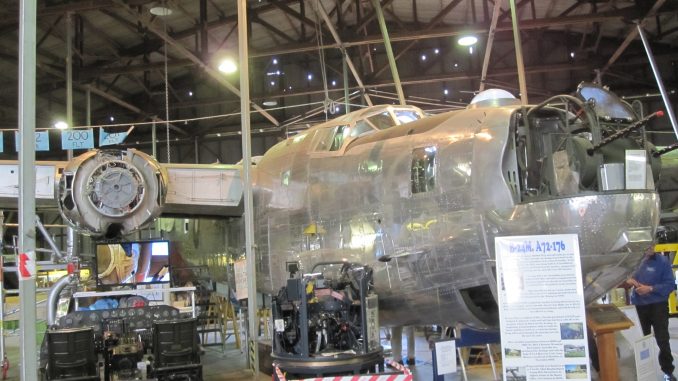
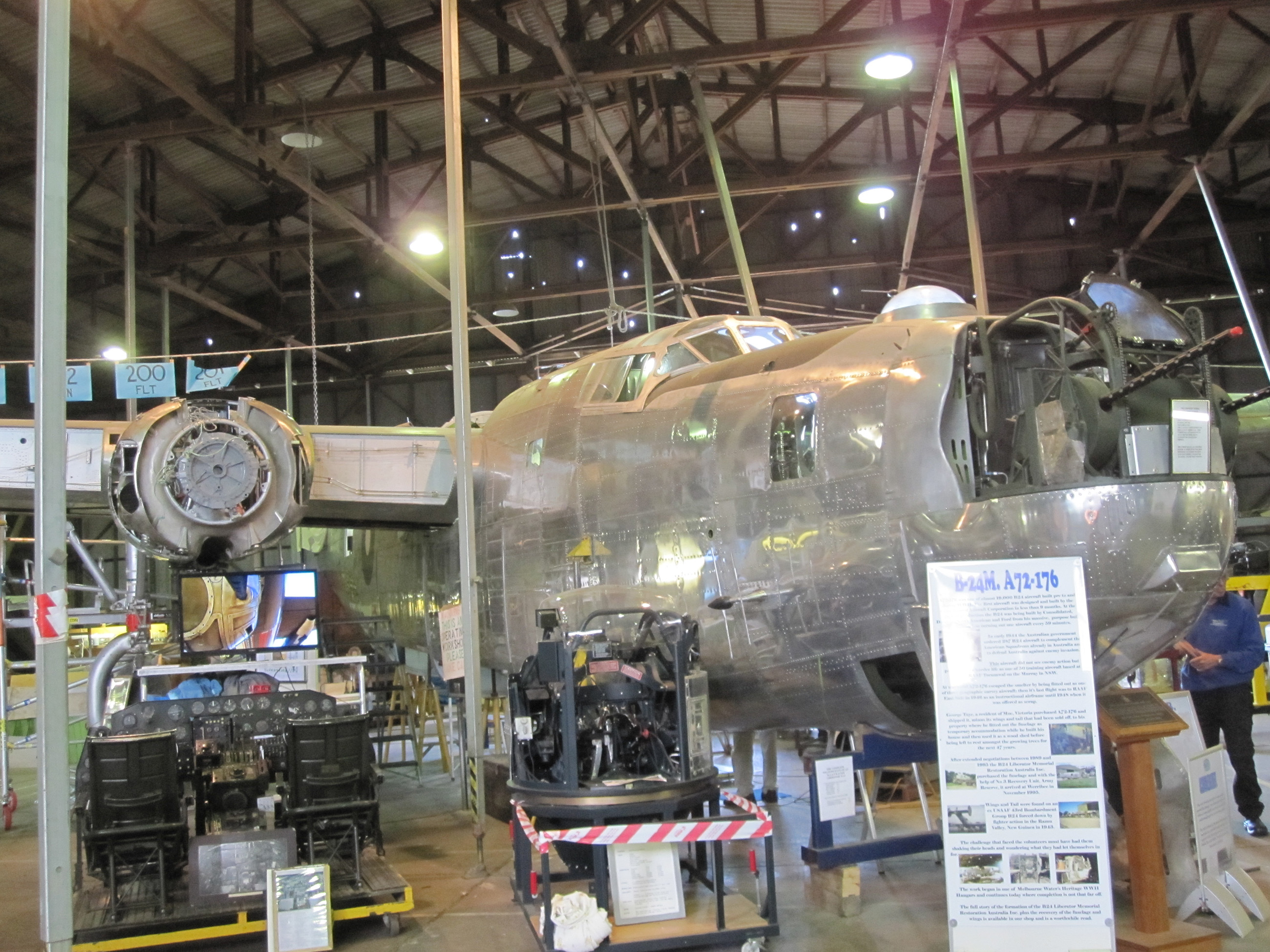
A72-175 B-24M Liberator Update – April 2016
by Phil Buckley
In the small town of Werribee near Melbourne in Victoria, Australia, a remarkable restoration project is taking place to resurrect the last surviving Consolidated B-24 Liberator to serve with the Royal Australian Air Force. As we have reported previously (see linked articles below), the B-24 Liberator Memorial Australia group has been hard at work on this aircraft for the past quarter century. The project is based upon the fuselage of former RAAF B-24M A72-176, with wings coming from a USAAF example (B-24D Liberator 42-41091) salvaged in New Guinea. While the aircraft will never fly again, the effort and level of detail in the work from the all-volunteer crew are exceptional. The plan is to eventually get the aircraft into ground-running condition. Phil Buckley has provided WarbirdsNews with the latest progress update from the museum’s secretary, Judy Gilbert, and we hope you will enjoy reading further….
———————————————
Work is currently concentrated on completing the fuselage. The restoration crew is divided into teams, with each of them focusing on a specific section of the aircraft.
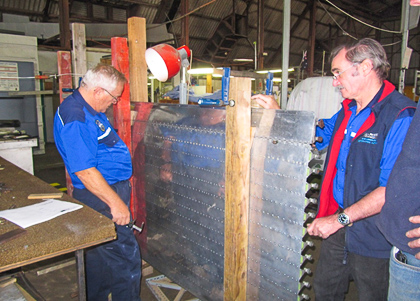
Bomb Bay Doors
With the bomb bay doors fitted to the fuselage, a number of problems relating to alignment and interference have been identified and are in the process of being rectified. The team found that the top roller fittings for the left hand forward door did not align properly with the others, so they had to remove the part for adjustment. They will also correct the door’s outward curve at the same time, as the skins aren’t quite the correct shape. This effort has required the removal of two rows of rivets, and then re-rivetting the assembly jigged to have an inward curve. They will repeat the effort for the door bottom as well as its opposite number on the left hand forward door. The doors should operate freely following the re-work.
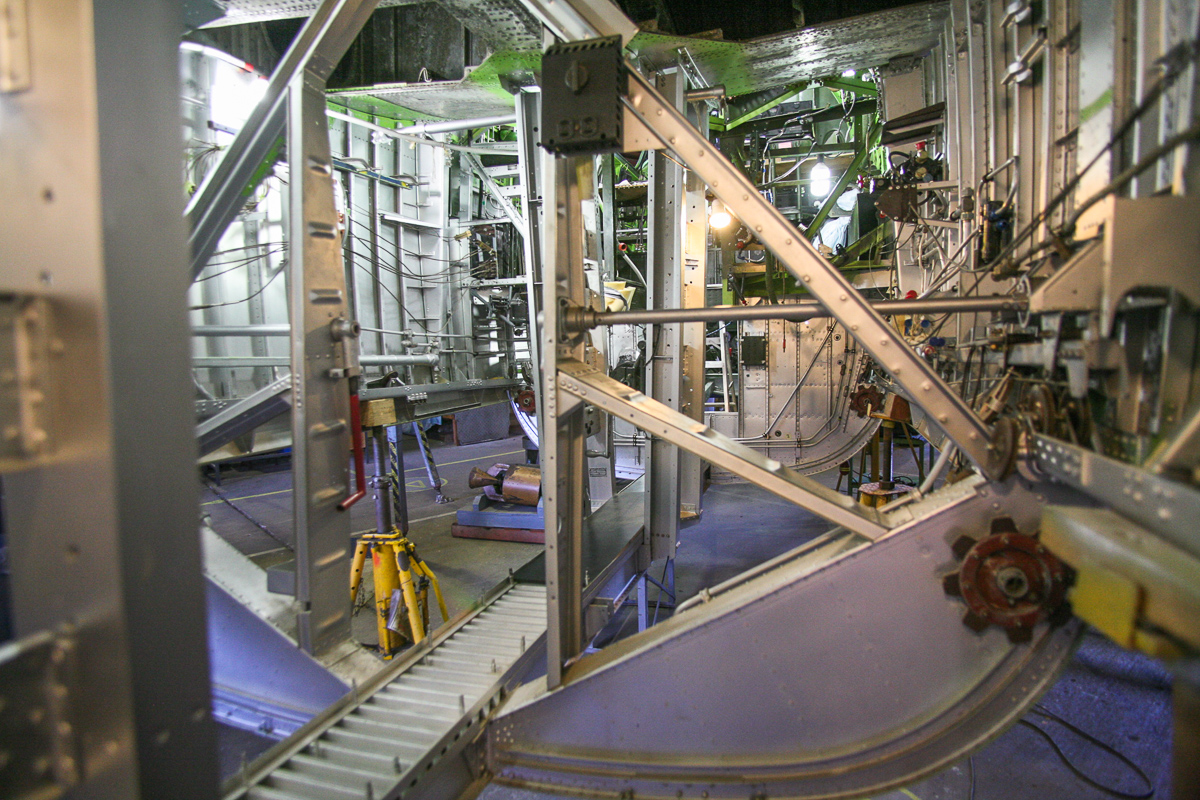
The team has a drawing (produced by Ford) describing the cabling for the bomb bay door operating mechanism, allowing them to re-manufacture the correct sets of cables for the project. They have some of the required cable fittings already, but expect to source thee rest from US suppliers in the near future.
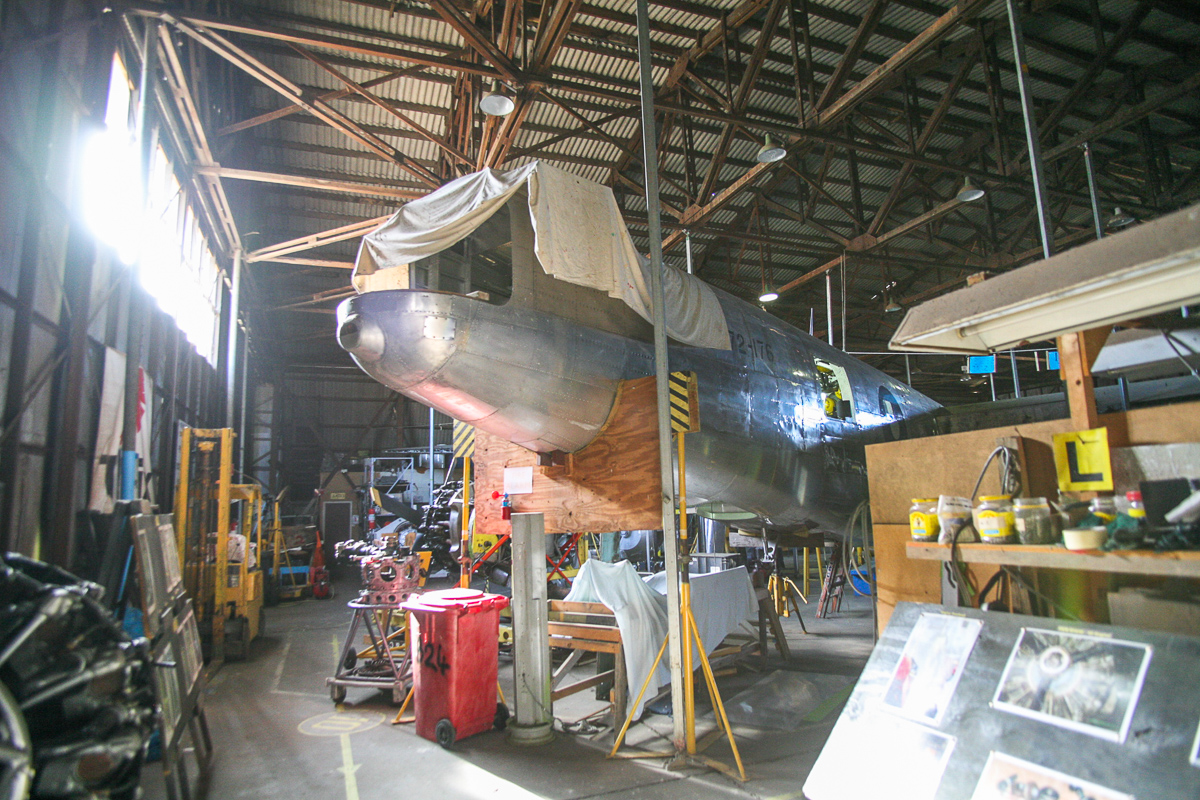
Rear Turret
The team working on the rear turret has fitted the bearings upon which it rotates at the base. They have also assembled and fitted the gun covers.
Electrical
Installation of bus cabling in the fuselage is progressing. Wiring in the wing is also ready to be fitted, but the wing will have to be cleaned before that can proceed.
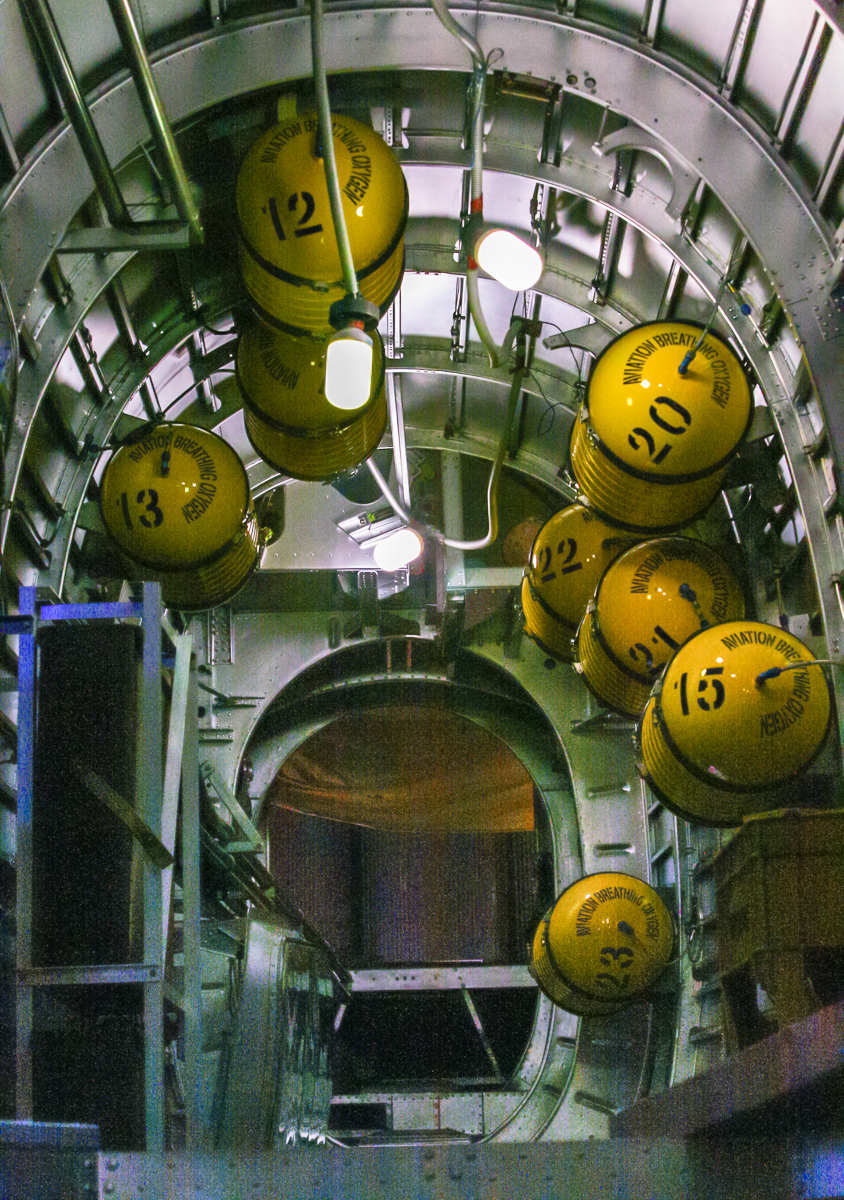
Oxygen System
Additional fittings for connecting piping and components are required to complete the system. These are on order in the USA.
P&W R-1830 Engines
After an overhaul of safety procedures and a check-up of the test rig, propellor engine runs are scheduled to take place once a month starting Sunday 16th April, 2016. The engine crew has also, after months of work, “saved” an Armstrong Siddeley Cheetah Mk.X engine. It ran in early April after languishing behind a farm shed for many years.
For further information on the B-24 Liberatior project please visit their site HERE.


Be the first to comment
Graphic Design, Branding and Aviation Art